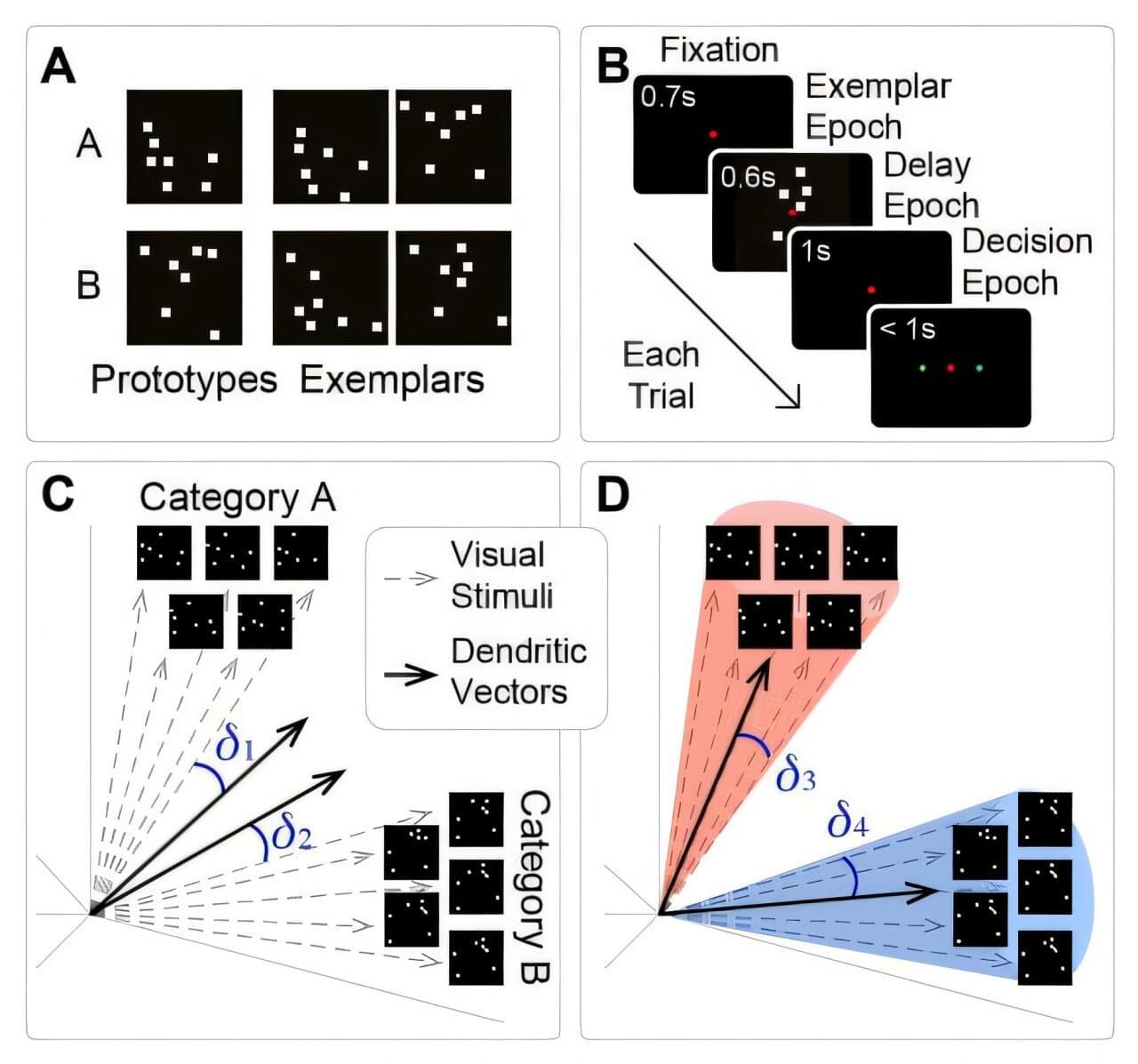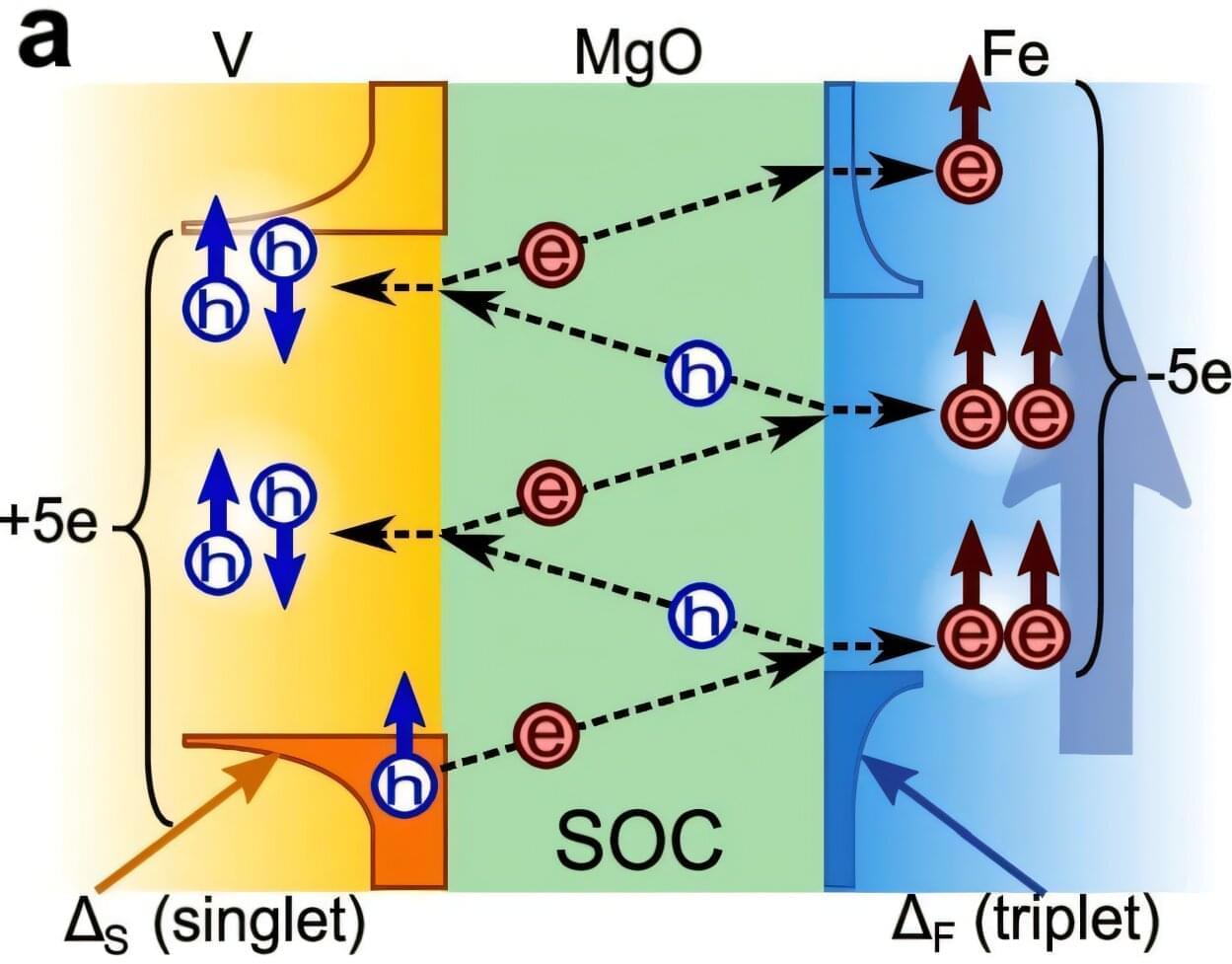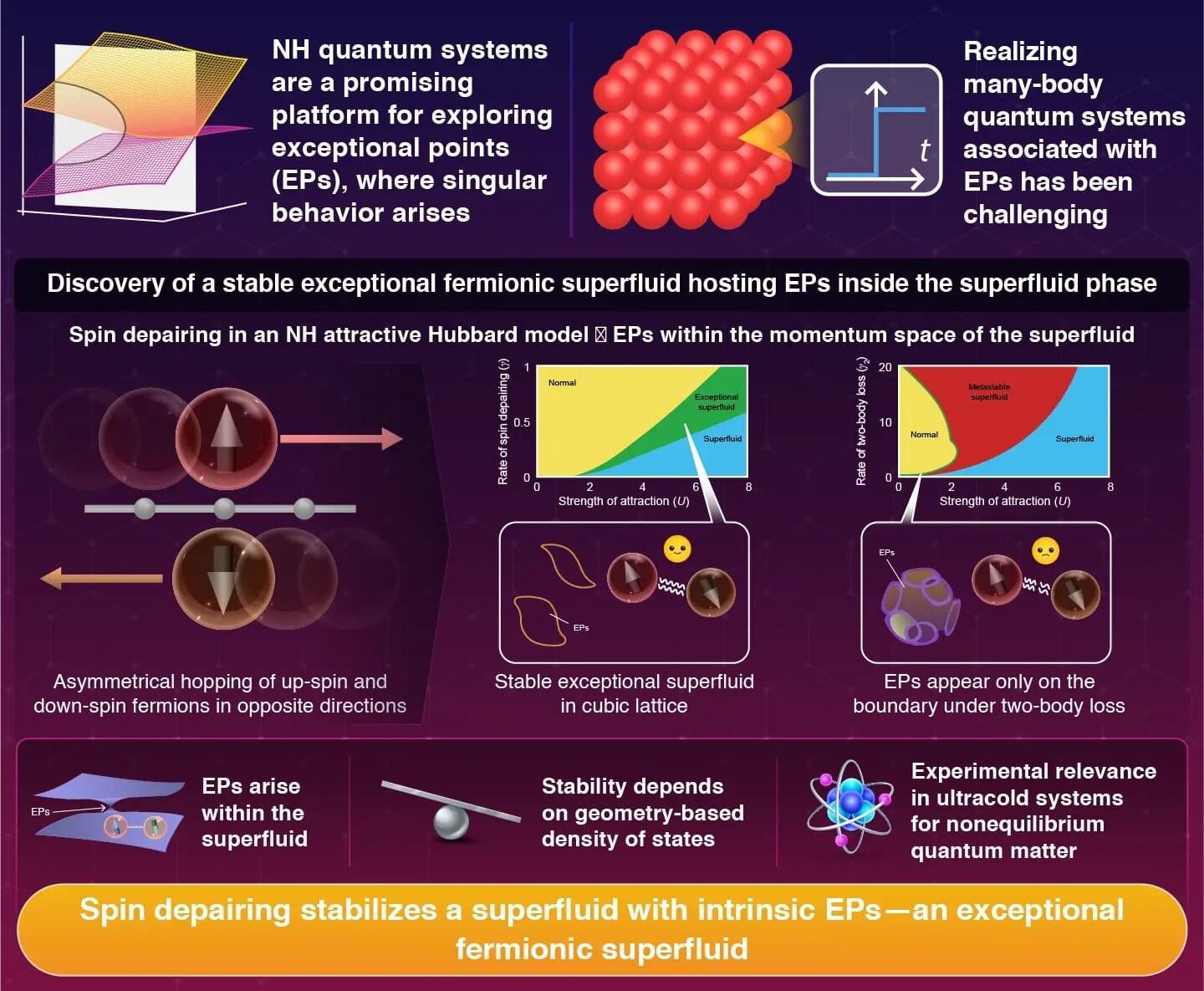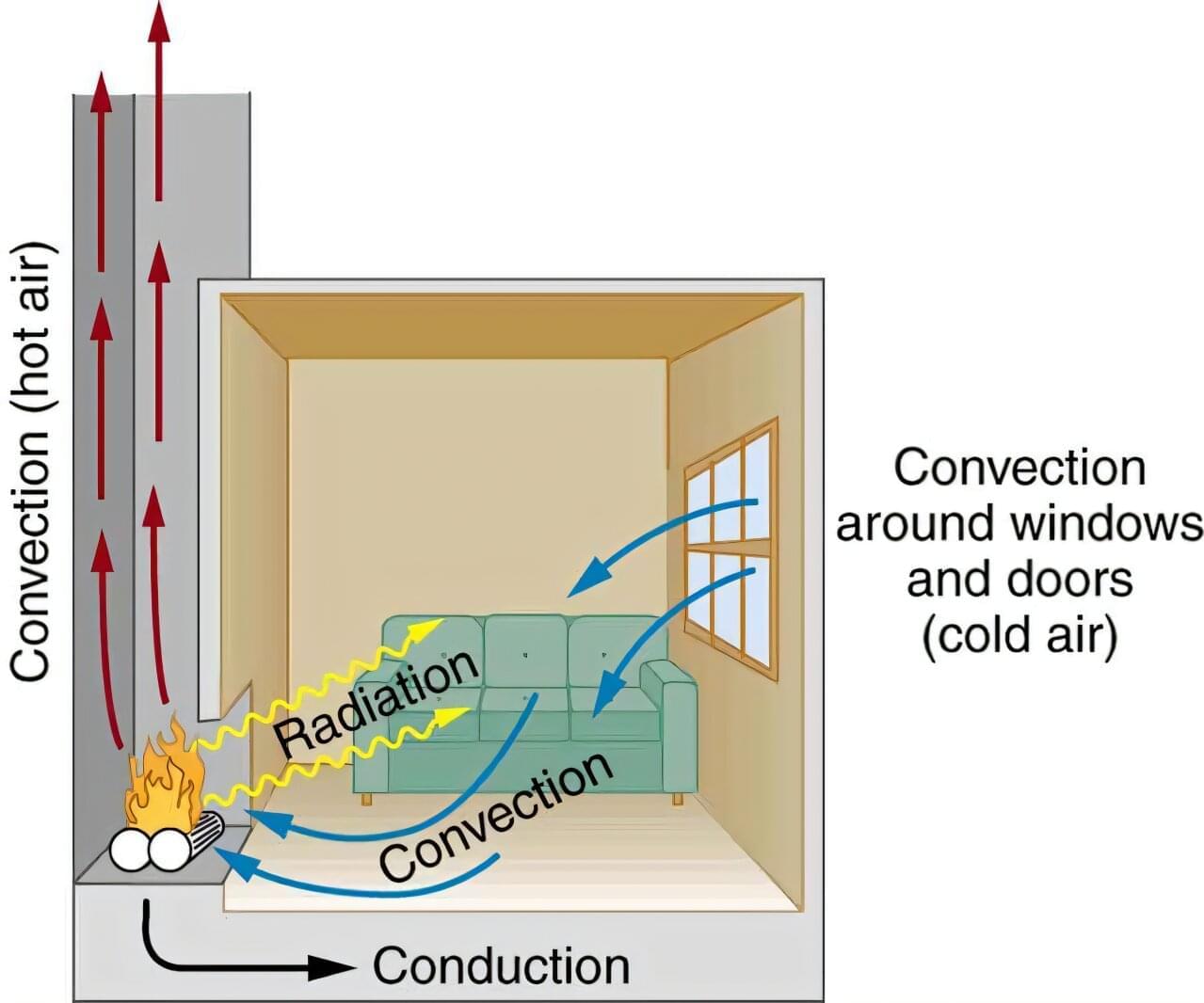Many researchers have spent decades attempting to decode biblical descriptions and link them to verifiable historical events. One such description is that of the Star of Bethlehem—a bright astronomical body that was said to lead the Magi to Jesus shortly after his birth.
Although many attempts have been made to link the Star of Bethlehem to astronomical bodies, the unique motion of the “star” did not quite fit any known object. However, a new research study, published in Journal of the British Astronomical Association, describes a likely candidate for the bright object seen above Bethlehem over 2000 years ago—a comet described in an ancient Chinese text.









